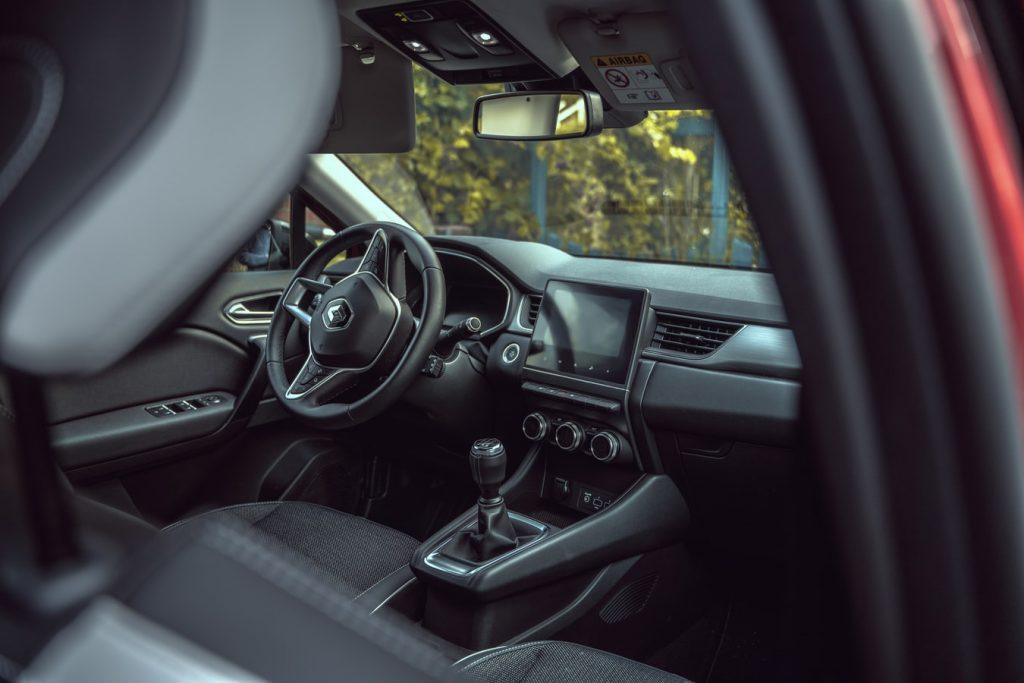One of the problems that can cause a person to take his or her vehicle to be overhauled is that the gears do not engage correctly.
Therefore, it is convenient for workshop professionals to know what may be causing this situation and how to solve it, especially considering the importance of the gearbox for the proper operation of the vehicle.
The gearbox, or gearbox, is a fundamental component of the transmission system that is responsible for transferring the correct engine torque to the drive wheels.
Manual gearboxes consist of a set of helical gears that synchronize input and output torque, while automatic gearboxes consist of a system that autonomously determines the optimum gear ratio by means of electro-hydraulic devices.
Reasons your Car Won’t Go Into Gear

A possible fault in the gearbox is the main reason why the gears do not engage or do not engage correctly.
The following is a description of the most common reasons that can cause this fault and what the solutions can be in each case:
1. Misalignment of the gear teeth.
In this situation, it is usually sufficient to engage a different gear and, without releasing the clutch pedal, engage the desired gear.
When the gear to be engaged in “reverse gear”, it is sufficient to engage “first” as a bridge gear and then engage “reverse gear” again.
If this solution is not effective, it is recommended to run minimally with the intermediate gear engaged and then shift to the desired gear.
If these problems are frequent, it is possible that the misalignment is due to a more serious reason such as those described below.
2. Damaged gears.
When the gears are damaged, they do not allow correct gear engagement because they interfere with each other.
In this case, when trying to engage a gear, a “scraping” noise is heard and you can even feel, through the feel of the gearshift lever, that there is a problem.
In addition, if the gears have been damaged, they may have shed metal shavings that interfere with engagement and can aggravate the situation, causing the gears not to engage or causing them to disengage by themselves.
In these situations, the gearbox should be disassembled and the damaged components replaced.
3. Improper lubrication of the gearbox.
If the quality and level of the oil are not correct, the teeth suffer more when they engage with each other and this excess friction can damage and block them, making it impossible or difficult to change gears.
As a concrete example, if the gears do not enter well when the engine is cold, it is possible that this is due to the fact that the oil used is not suitable for the climate of the moment.
To remedy the problem, it is necessary to check the oil level or replace it with a more appropriate type.
4. Clutch wear.
A failure in the clutch operation can also cause a “scratching” when entering the gears.
In this case, it is essential to inspect the clutch properly since the solutions can be very diverse: replacement of the cable (in a friction clutch), bleeding of the circuit (in a hydraulic clutch), or replacement of the clutch disc (in this case it is recommended to replace the complete clutch kit: disc, press, and collar).
What Causes a Transmission to Get Stuck in Gear [Automatic Transmission]

The following is a description of the reasons that may cause difficulties when shifting gears in a vehicle with automatic transmission and what the solution may be in each case:
Shortage of lubrication.
A low oil level can cause the gears to slip when the vehicle tries to change gears.
In this situation, the gear oil should be replenished or replaced.
Clutch wear.
A worn clutch causes slippage in transmission operation, resulting in inaccurate gear shifting.
To remedy this, the clutch kit needs to be replaced.
Faulty torque converter.
If the torque converter fails, it is possible to notice that, at low speeds, the acceleration is reduced or the gearbox goes into fault mode.
This leads to a limitation in the revolutions or to the fact that gears higher than “second” do not enter.
In this scenario, the component must be replaced.
Problem with the electrohydraulic control unit.
The unit that governs the shift may give an inaccurate signal due to a failure in the control system (requiring electrical replacement or repair of the unit), due to battery shortage, or due to the need to parameterize the unit.
It is also possible for this unit to fail due to a control misadjustment or sealing problems in the hydraulic circuit that do not allow the system pressure to stabilize.
This may make it necessary to readjust the control and pressures and to replace elements such as seals, solenoid valves, etc.
Internal gearbox breakdown.
It is a serious failure and not so usual, but it can happen that some component of the sealed equipment breaks or cracks and causes a loss of pressure in the system.
In this situation, the vehicle may make uncontrolled gear jumps and, in addition, a reduction in power and revolutions will be perceived.
This situation requires the replacement of the component.
Final Thoughts – Stuck Transmission
Failure to take appropriate action when a gearbox shows signs of failure or, in other words, when gears do not engage properly, can turn what could be an inexpensive intervention into a much more costly repair or even force a complete replacement of the component.
Although good user practices can contribute to gearbox care, it is essential to follow the manufacturer’s maintenance recommendations.
The main measures to follow consist of checking the oil level and replacing it periodically (each manufacturer recommends a different mileage or frequency), selecting the right type of oil according to the characteristics of the vehicle and the climate of the place of use, and cleaning any impurities that may have been deposited in the crankcase.
These actions must be carried out in both manual and automatic gearboxes. The difference is that, in the latter, it is also necessary to check the condition of the radiator hydraulic fluid and replace the gearbox filter.

My Chevrolet Captiva 2.4, 2012 model doesn’t change gears from 3rd to 4th and 5th. I have changed transmission fluid and both camlock intake and exhaust solenoid sensors. But the problem still persist
In this case, it is necessary to have it checked by an expert.
I changed the engine and torque converter as well fluid was Lil low now constant mil light tcm request Put back in adaquit fluid cleared codes light comes right back on I was wondering what dose it mean to program transmission control system or transmission control module I have a 2007 Chevy HHR #p–769 or 76 idk